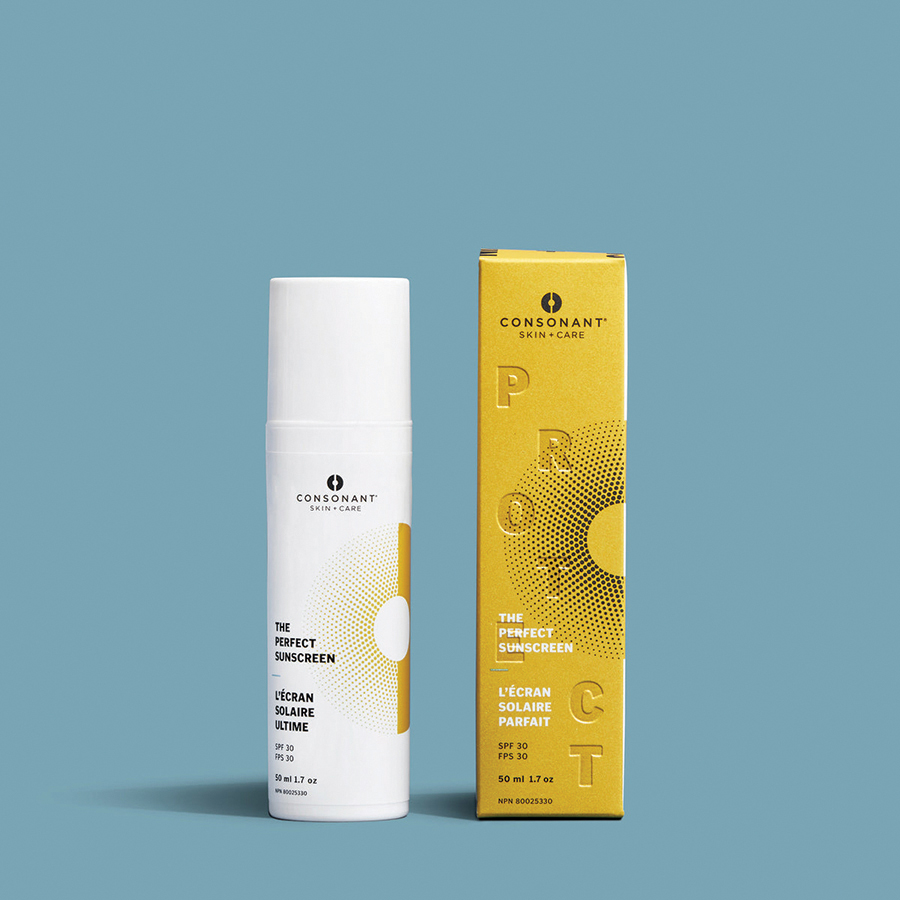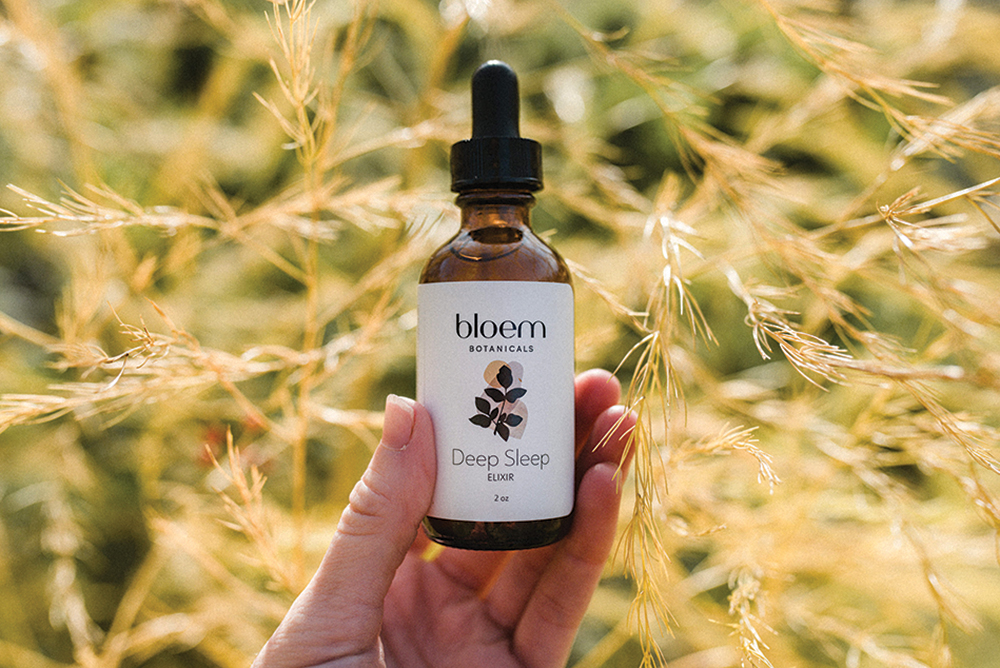Consider spring as a state of mind and an opportunity for renewal.
by Jessica Wortsman
I know it’s not a common sentiment around these parts, where most people live for ski season, but I’m not a fan of winter. No matter how hard I try to lean into it, all I really want to do during the cold, dark months is hibernate under my duvet with a mug of tea, my knitting, and a good British crime show until Wiarton Willy gives me the thumbs-up.
Sure, spring in Southern Georgian Bay is not the prettiest season, with the landscape more brown than green. But spring is more than just a season. It’s a state of mind.
Spring is when we pull back the curtains and beat the dust out of the rugs, both literally and figuratively. We shed the weight of winter and throw open our doors to friends, plans, and purpose.
We welcome back a world of birdsong and beer patios, and feel our chests swell with gratitude for 6 p.m. sunlight. As Lucy Maud Montgomery wrote, “Nothing ever seems impossible in spring, you know.”
January is a more popular choice for fresh starts, but I’ve always felt spring is better suited to renewal.
The concept of spring cleaning goes back to biblical times and is practised in many cultures. Every spring during Passover, Jews commemorate their liberation from slavery by cleaning out the chametz (or yeast bread) from their houses.
The first day of spring marks the start of Nowruz, the Persian New Year, and includes the practice of “shaking the house” to clean out the old year. In Thailand, mid-April marks Songkran, the festival of purification, when celebrants clean their homes and shower one another with water to welcome a fresh start.
There’s a biological factor to spring cleaning too. Our bodies produce more melatonin during the winter, making us more sluggish. As the days grow longer and our melatonin production decreases, we naturally feel more energized and able to tackle new projects.
According to Professor Katherine Milkman of The University of Pennsylvania, there is also a psychological component to the desire for spring cleaning. Her study found that “individuals feel more motivated to set and execute their goals when they are marked by socially meaningful calendar dates.” This phenomenon, the “fresh start effect,” is particularly powerful at the start of spring. As she points out, spring is the season of rebirth. It’s a natural fresh start—the perfect time to ditch those bad habits and create some healthy, new ones.
So, this spring, consider going beyond giving the house a good purge. Use the season of renewal to clean up your routine.
“Sure, spring in Southern Georgian Bay is not the prettiest season, with the landscape more brown than green. But spring is more than just a season. It’s a state of mind.”
Here are some suggestions to get you started.
Move every day. Whether it’s hiking with a friend, going for a solo “awe walk,” or trying a new workout, commit to moving more. A Norwegian study determined that even just 11 minutes of movement a day can increase your lifespan. Try kickboxing circuit training at Collingwood’s 9Round Fitness. You get to punch out pent-up feelings and tone your arms at the same time!
Cut back on tech time. It’s no secret that excessive screen time is harmful to physical and mental health, sleep routines and eating habits. So, this spring, try setting some limits on your scrolling. Most phones have a built-in app to help with this. Try Digital Wellbeing for android and Screen Time for iOS, or one of the many third-party options.
Meaningfully connect. Strive to reach out to a friend every day—whether in person, by text, email or even the old-fashioned telephone. While studies have shown that connecting daily with friends and loved ones, even electronically, positively affects our mental health, hearing their voice has the most significant impact.
Prioritize sleep. Practice going to bed a half-hour earlier. This might require setting a reminder to start your bedtime routine earlier. Researchers have determined that going to sleep between 10 and 11 p.m. can significantly reduce your risk of heart disease. For a little help winding down, try the Deep Sleep Elixir from Bloem Botanicals in Kimberley.
Throw out expired cosmetics. Spring clean that bathroom drawer by tossing old makeup, moisturizers, and even last year’s sunscreen. This might come as a surprise, but skincare and beauty products go bad. Look for the little open jar symbol on the back of your container. The number marked in the center is the number of months the product stays fresh after opening. Most sunscreens have a shelf life of up to three years, but they degrade faster when exposed to bacteria from your hands and the heat. Try Consonant Skincare’s The Perfect Sunscreen from Collingwood’s Shea Organics.

Sunscreen & Vitamin D
Spring is the time to get serious about your sunscreen. Though you’re probably eager to get out there and soak up all that vitamin D, be warned. According to the Canadian Cancer Society, UV rays become stronger in the spring, even when it’s cloudy.
Should you worry that sunscreen may be blocking your intake of vitamin D? Probably not. Studies show that, although sunscreen theoretically blocks vitamin D absorption, we still end up absorbing some of that essential sunshine vitamin. Here’s why:
- Sunscreen is not “sunblock.” It screens out most of the sun’s harmful ultraviolet rays, but not all—an SPF 30 screens about 97% of UVB rays, and only when applied properly.
- People usually only apply about half the amount of sunscreen needed to get the full protection advertised on the tube.
- We often forget to apply sunscreen to our ears, lips, hands, feet, and the exposed parts of the scalp. Also, sunscreen lotion accumulates in the furrows of the skin, leaving the ridges less protected.
- Sweating, swimming, contact with sand, and vigorous activity all wear away sunscreen faster than most people reapply it.
- Sunscreens degrade when exposed to heat or bacteria. Applying a lotion with dirty hands or that’s been left out in the sun may reduce its effectiveness.
- While sunscreen doesn’t significantly reduce our vitamin D levels, it’s not a good idea to rely on sunshine alone. Aging decreases the skin’s ability to convert the sun’s UVB rays into vitamin D.
To make sure you’re getting enough, ask your doctor about having your D levels checked. And eat vitamin D‑rich foods such as fatty fish (salmon, tuna, and sardines); beef liver; cheese; egg yolks; and fortified foods such as milk or milk-substitutes, and cereals.










